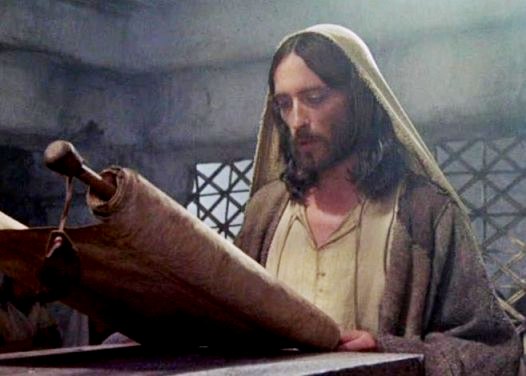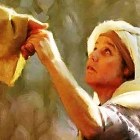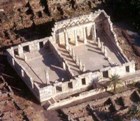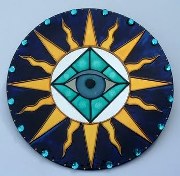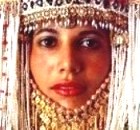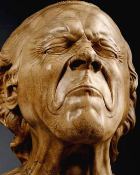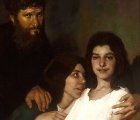Medicine in the ancient world
Who was the crippled woman?

We are told that Jesus cured a Crippled Woman in Luke’s gospel story, but there is no way of knowing who she was, or what sort of person she was. She may have been a peasant woman from rural Galilee, or a well-to-do upper class woman.
She was Jewish, and she was crippled, and that is about all we know.
She had obviously sought medical help during the many years of her disability. There were as many remedies and treatments for medical conditions in the ancient world as there are now.
Healers were common in 1st century Palestine. Much of their knowledge came from Egypt, whose doctors were able to perform advanced surgical techniques, even operations on the brain.
Magic was also popular in the treatment of illnesses.
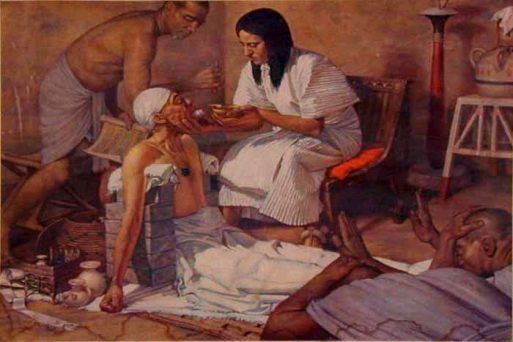
Surgical operation in ancient Egypt, reconstruction
Something unusual about this story
One interesting point in the story of the healing of the crippled woman: Jesus did not ask anything of her.
Usually he asked people to have faith in his power: ‘Your faith has made you whole.’
In this case, he simply declared that the woman was healed – and she was.
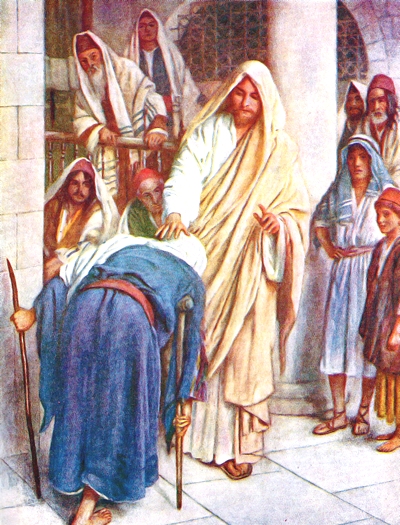
Jesus and the Crippled Woman, Harold Copping

The spine of a person with Spondylolisthesis
What were synagogues like?
Synagogues were local buildings dedicated to prayer and the study of Torah.
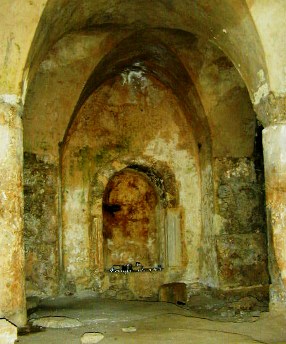
Remains of a synagogue at Capernaum showing the recess for Torah scrolls
They were developed during the Second Temple era, and had an enormous influence on the development of Judaism – and on Christianity as well.
They were a revolutionary concept for their day, because they created an entirely new environment for worship of God.
Unlike the Temple in Jerusalem, they had
- no ceremonial restrictions
- no obligatory financial contributions
- no sacrificial offerings.
Synagogues contained:
- a chest for the scrolls of the Scriptures
- a raised podium from which texts were read
- a seat of honor in the center of the room
- rows of stone benches around the wall.
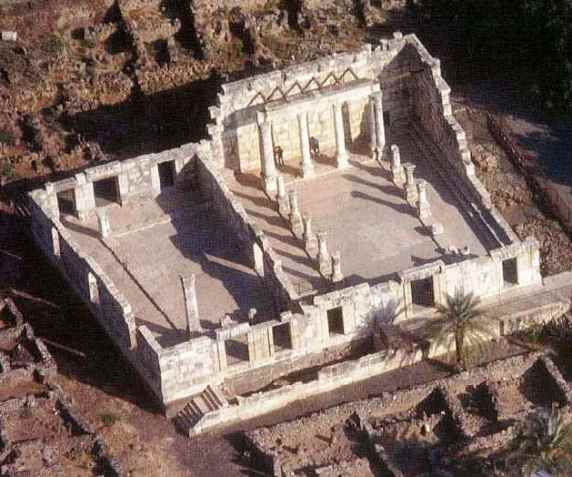
Reconstructed ruins of the 2nd century synagogue at Capernaum
Save
Search Box
![]()
Other miracles of Jesus
© Copyright 2006
Elizabeth Fletcher

